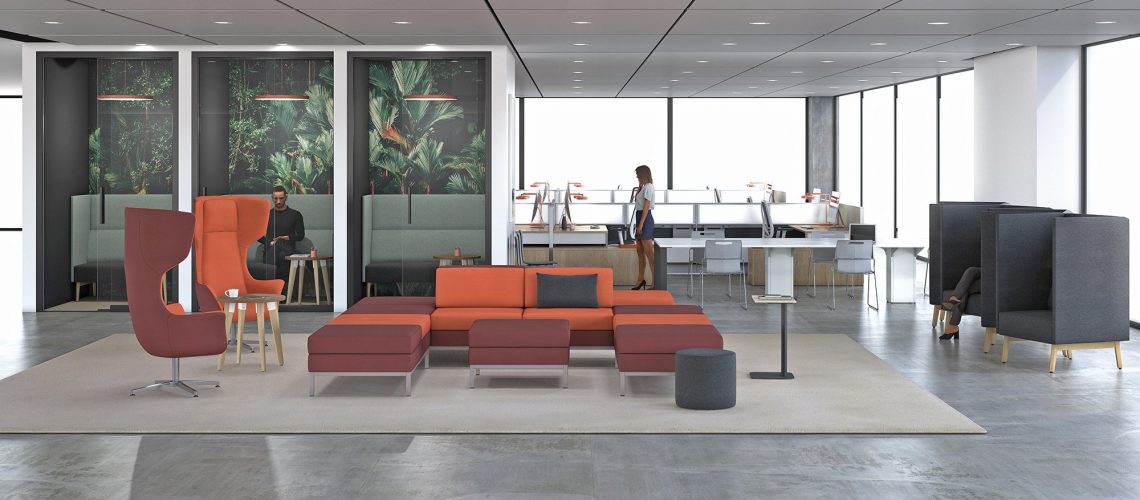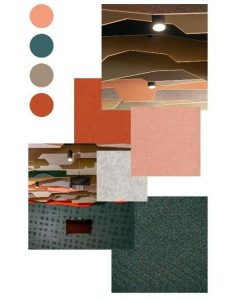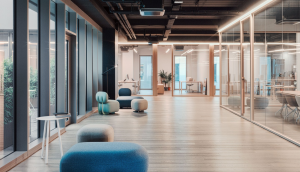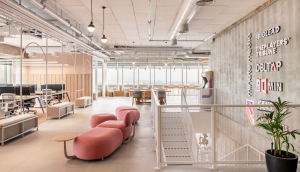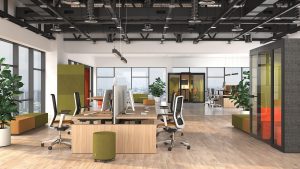All people at some point in our lives have entered a place and felt some kind of emotion that automatically defines our perception of the place, something like the clear example of entering a house of scares and immediately feeling nervous just to be there, or the relief that comes home after a hard day.
These types of reactions are part of the emotional and intelligent nature of human beings and that is why it is so important that the spaces in which we develop are designed to enhance positive emotions and the creation of ties of belonging and identity; especially offices, being a place where employees spend so many hours, it is almost an obligation that its design is thinking to promote well-being and meet the functional and emotional expectations of those who work in it.
When talking about emotional design in offices, the first thing to consider is that the space manages to create positive feelings and that it promotes efficient work, considering all the aspects that exist in it: lighting, air flows, thermal sensation, acoustics and of course the furniture, so that everything is combined to satisfy the needs and desires of the users.
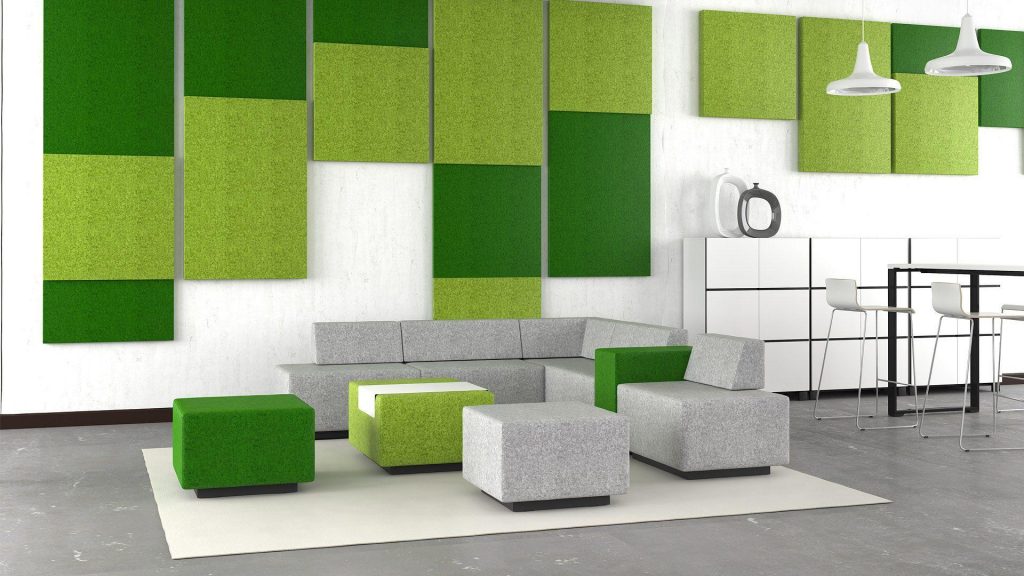
What the design of this type of office seeks is that negative emotions can be eliminated from the spaces, which are generally related to stress, depression, absenteeism, lack of motivation and decreased performance and make them positive emotions predominate, promoting learning, curiosity, creativity, attachment; defining and internalizing corporate identity and improving retention and recruitment.
Once people feel comfortable, they tend to foster relationships and offer security to all those who work in the same environment, create better relationships with their peers and work more together seeking the same goals and achieving personal and professional appreciation.
Considering all the above, there are some aspects that are essential to consider in order to achieve the so-called emotional office or happy office, which make its design really designed for human beings, such as the use of natural light, to respect the layout of the room. body towards circadian rhythms, making spaces warmer, more natural and comfortable.
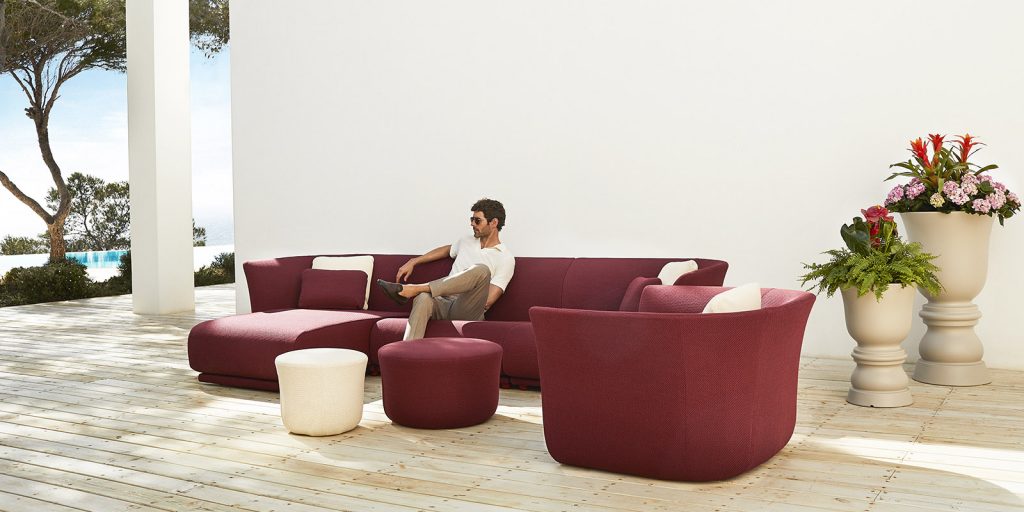
The use of color also promotes certain emotions, understanding that color in itself works as a system of signs, and that those who are selected to be in the office must respond to the needs of the office, whether they want to convey boldness. with reddish tones or calm with bluish tones. Also, the revision of the acoustics is very necessary to maintain the emotional balance of the collaborators.
The distribution and choice of furniture is also a factor of great importance for the creation of this type of space, because it allows making the work station and meeting rooms a conducive place for good ideas, and spaces for rest and collaboration. places for recharging and socializing, thus achieving the physical and emotional ergonomics of the space.
Finally, it is important to note that maintaining these types of spaces, in addition to creating a flexible and open work culture, can have very positive results for employees, which in turn allows business results to be better and more durable for the company.

